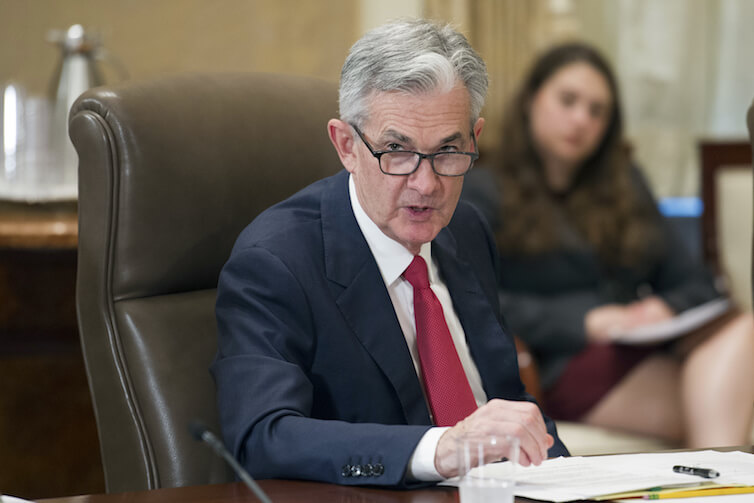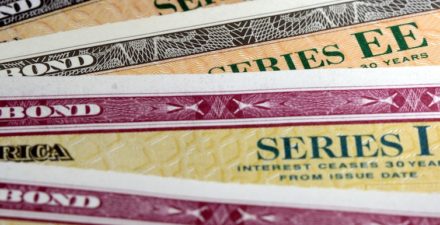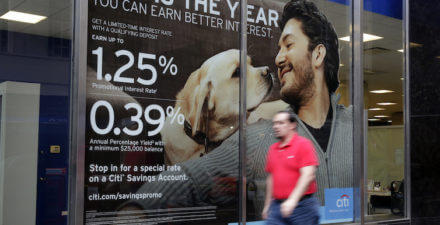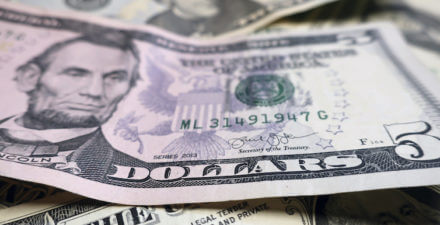The lack of Federal Reserve maneuvering room is very worrisome

This column for Bloomberg by the very sharp Tim Duy strikes me as simply wrong. Contrary to what the professor of practice and the senior director of the Oregon Economic Forum at the University of Oregon says, the Federal Reserve does have room to combat the next crisis, only if the next crisis is not really a crisis but rather a small liquidity hiccup in the financial markets. Anything bigger, and the Federal Reserve will be helpless and hapless.
Look at the track of the interest rate the Federal Reserve controls—the short safe nominal interest rate. In the past one-third of a century, by my count, the Federal Reserve has decided six times that it needed to reduce interest rates in order to raise asset prices and try to lift contractionary pressure off of the economy—that is, once every five-and-a-half years. Those six times happened in 1985, 1987, 1991, 1998, 2000, and 2007. Specifically:
- Starting in 1985, then-Fed Chair Paul Volcker and his Federal Open Market Committee decided that the configuration of interest rates was too high to be consistent with stable growth at full employment, so the FOMC lowered the federal funds rate and the market rate on three-month Treasury bills by fully 3 percentage points. The Federal Reserve could not do that today.
- Starting in 1987, then-Fed Chair Alan Greenspan and his FOMC reacted to the one-day 25 percent collapse in the value of the stock market by opening the discount window so that banks could freely borrow from the Fed and reduced the short-term rates by 1.5 percentage points. The Fed could do that today.
- Starting in 1991, then-Fed Chair Alan Greenspan and his FOMC reacted to the wave of pessimism transmitted through financial markets by the savings and loan crisis by lowering the short-term rates by 5 percentage points, in steps. But the Fed acted late, and the early 1990s recession and subsequent “jobless recovery” were the result. Regardless of timing, the Fed could not do that today.
- Starting in 1998, then-Fed Chair Alan Greenspan and his FOMC reacted to the triple whammy of the Asian crisis, the Russian bankruptcy, and the collapse of Long-Term Capital Management—then the world’s largest hedge fund—by telling LTCM’s creditors to manage the situation (and they did very well out of it indeed) and by lowering the short-term rates by 0.75 percentage points. The Fed could do that today.
- Starting in 2000, then-Fed Chair Alan Greenspan and his FOMC reacted to the collapse of the dot-com bubble by lowering the short-term rates by 4 percentage points. It was, again, behind the curve. The recession of 2001 and the subsequent jobless recovery were the result. The Fed could not do that today.
- Starting in 2007, then-Fed Chair Ben Bernanke and his FOMC reacted to the collapse of the U.S. subprime mortgage market and the subsequent investment bank bankruptcies by lowering the short-term rates by more than 4 percentage points. It was, again, behind the curve. The disaster of 2008 and what followed—the Great Recession of 2007–2009—was the result. The Fed could not do that today.
I would draw a distinction between liquidity hiccups as things that do not involve permanent re-valuations of asset values, and the larger shocks that hit the economy as things that do. In 2008, there was a permanent and substantial fall in the risk tolerance of the market. In 2001, there was a permanent downweighting of the value of tech—not that the technologies were disappointing, but rather that using them to reap profits for investors turned out to be much harder than expected.
In 1991, there was the end of the Sunbelt’s “Morning in America” decade, as it became clear that much of the investment since the 1986 fall in oil prices had been fueled by S&Ls gambling for resurrections and that the U.S. economy needed permanently lower and temporarily very much lower interest rates to rebalance at full employment. In 1998, by contrast, there were events outside the United States that had little consequence for fundamental values inside the country. And in 1987, there was a market-mechanisms dysfunction blip.
All of those things can be handled well by the Fed simply providing extra liquidity while the crisis is at its peak. The larger shocks require more: They require that the Federal Reserve have the power, capability, and will to substantially shake the entire intertemporal price system. Yet that is what the current low level of safe nominal short interest rates keeps the Federal Reserve from having right now. And unless and until the neutral real rate of interest rises, the easiest way out of this low-rate-even-in-boom-time trap is a higher inflation target.
And, yes, there is some reason to worry today. With the rise of passive and automatic investment strategies, there are many players in the market for whom diversification is the new due diligence. Bond covenant quality thus seems unusually low, and many things that people presume are either well-collateralized or hedged-via-diversification may well not be.
Yes, the Federal Reserve could handle a liquidity hiccup in financial markets. No, the Federal Reserve could not handle anything larger. The record of the past one-third of a century tells us that “larger things” come along every eight years or so. It has been 10 years since the previous “larger thing” hit the economy. Read Tim Duy, “The Fed Has Enough Room to Combat the Next Crisis,” with these thoughts in mind.
Duy writes: “The Fed has more than enough room to replicate the responses to the 1987 stock market crash or the 1997 Asian financial crisis. They even met the challenge of the 2015 oil price crash simply by scaling back expected rate hikes in 2016. Given the expectation among market participants that the Fed will continue raising rates over the next year, just pausing on rate hikes would be a powerful stimulus. The likely willingness of central bankers to shift to a dovish stance may help account for the overall benign response on Wall Street so far to emerging threats from a more turbulent external environment. These include not only trade wars but also potential for financial crisis among emerging markets or the euro area. The risk these events pose for the overall economy would be bigger and more worrisome if the Fed felt its hands were tied such that they could not respond to a downturn. This is not the case. Market participants should know that the Fed is in a position to cushion the impact should these risks become a reality.”





